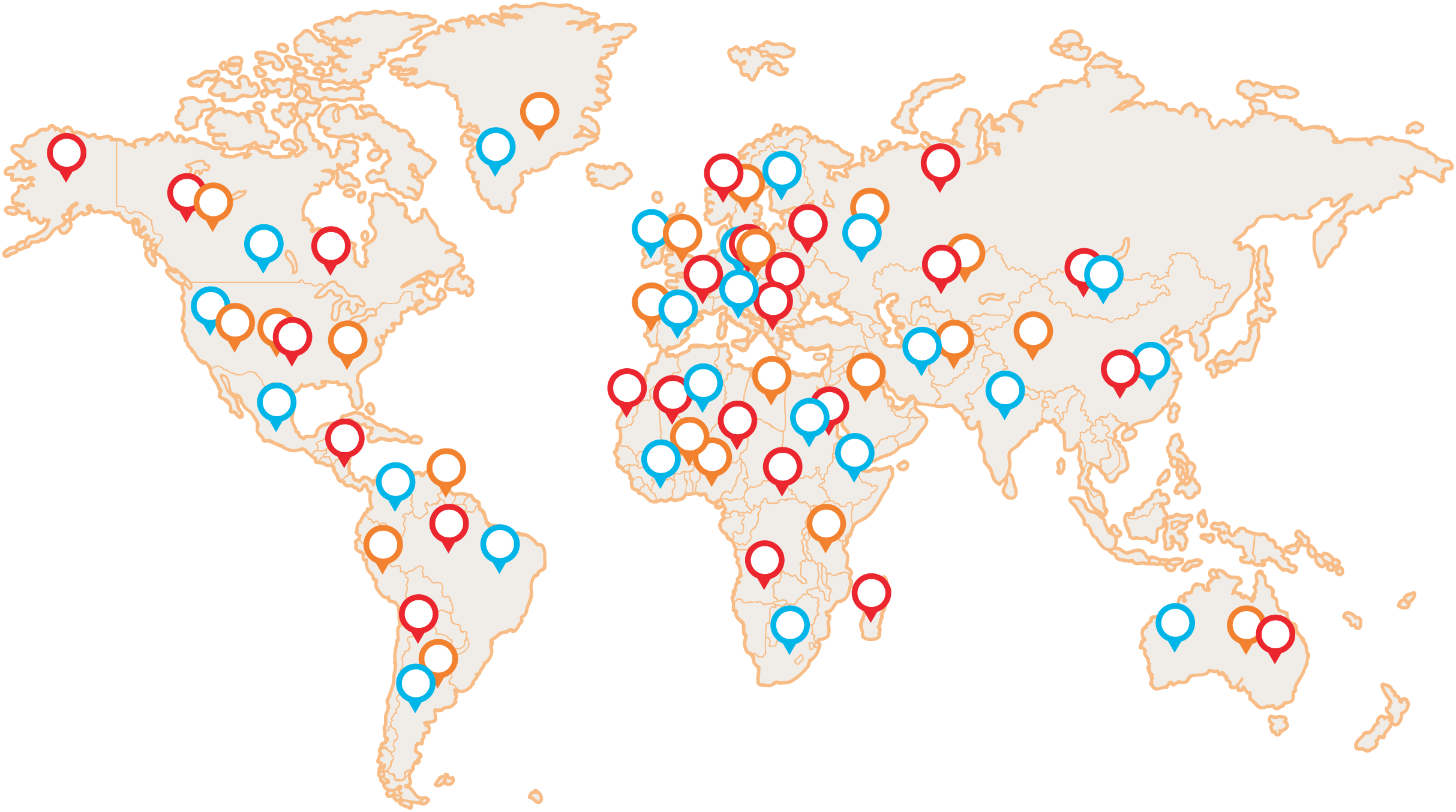Latin: Inonotus obliquus
Czech: Inonotus obliquus
Chinese: Hua Jie Kong Jun
Japanese: Kabanoatake
Thevital Chaga mushroom is an old known medicinal remedy, used mainly in northwest Russia, Siberia, China, but also in Mesopotamia and Egypt. The inhabitants of Siberia make decoctions of it to treat tumors and call it "A gift from God." In addition to medicinal, Chaga was used during shamanic rituals. In Russia, Chaga was so popular that even Tsar Vladimir Monomakh and Rasputin used it. The famous Russian writer Solzhenitsyn also mentions Chaga in his books. The indigenous people of Japan (Ainu) used Chaga to make a tea for indigestion. North American Indians also used it for healing and shamanic rituals.
Chaga grows all over the world, preferring mainly cooler climates, i.e. the northern hemisphere. It is a parasitic fungus that can be found on deciduous trees, especially birch trees. It can be recognised by its irregular, cracked, brown to black fruit. It is very hard and the surface looks like burnt coal. Under the top layer there is a pale centre. It reproduces by spores which attach themselves to wounds on the tree. The spore germinates and its mycelium grows in the wood for many years. In the first stage of development, a fruiting body is formed between the bark and the sapwood (part of the wood). This is not very visible. The beige fruiting body gradually turns brown. It forms after the tree dies, when the tree withers, the bark separates from the wood to reveal the formed fruiting bodies, which may be along the entire length of the tree trunk. It contains basidiospores that ensure the spread of the fungus to the surrounding area.
In the West, the fungus was described by Persoon in 1801. It was not until 1936 that Chaga received its final name after several other changes.
Characteristics according to traditional Chinese medicine
Nature: warm
Taste: sweet, bland
Tropism: Liver, Spleen, Heart (some sources also mention Kidney and Stomach)
Main effects according to Traditional Chinese Medicine:
- Nourishes the Liver, Spleen and Heart
- Promotes defensive Qi
- removes poison (toxin)
- Transforms mucus
- revitalizes the blood
- calms the spirit
When do we use the vital Chaga mushroom to maintain or improve health?
1) Overall strengthening effects
- Nourishes the Liver, Spleen and Heart - thereby promoting blood production and distribution
- Supports the brain - improves metabolism in the brain (housekeeping and nutrition)
- has An Shen effect - harmonises the psyche and calms the mind
- Chaga stimulates enzymatic functions in the body and also the brain (concentration and memory).
2) Supporting the immune system
- regulates the immune response - can stimulate or dampen immunity as needed
- reduces the production of IgE - antibodies associated with allergies and autoimmune diseases
- used in: infectious diseases (herpes, viral and bacterial infections)
- seeks out and eliminates hidden pathogens - these are protracted, hidden diseases that weaken the body or cause recurrent illness
Notes:
The effect on the hidden pathogen is similar to Coriol. It scans the body for pathogens. While Coriolus deals better with mucous membranes, joints, skin and muscles, Chaga works more internally and is better for digestive tract problems.
3) Anti-inflammatory effects
- used for: chronic inflammation of the digestive tract (stomach, pancreas, gallbladder, intestines)
- Chaga is used as an adjunct treatment for Crohn's disease and Ulcerative colitis.
4) Oncological problems
- Complementary therapy for cancers - especially of the digestive tract, but also of the breast, liver, lung and uterus
- Its use in cutaneous melanomas is being investigated.
Remark:
It is reported that preventive use of Chaga builds immunity against cancer! This is related to its detoxifying function and overall strengthening ability.
5) Skin problems
- eliminates toxicity - skin suppuration and wetting
- used for: cold sores, aphthae, acne, etc.
- other uses: psoriasis (psoriasis) - together with Reishi and Polyporus
6) Cardiovascular problems
- Supports the vascular system - due to tropism to Liver, Spleen and Heart
- breaks up blood stasis - according to some sources
- used for: sharp, localized pains, bruising, clots in menstrual blood, fibroids, etc.
- Combined with Auricularia, Reishi or Shiitake
7) Digestive support
- has a healing effect on the stomach lining - thus improving digestion
- Active ingredient: betulinic acid
- used for: gastritis, ulcers, stomach cancer, intestinal cancer, etc.
- Helps solve intestinal problems - in combination with Hericium
- suppresses the multiplication of Helicobacter pylori bacteria which cause heartburn and stomach discomfort
8) Gallbladder problems
- given for gallbladder problems such as inflammation, stones, bile congestion, tumours
- Suitable in combination with Da Po Dan Jie Shi Tang
9) Hepatoprotective effects
- Chaga protects and regenerates the liver.
10) Metabolic problems
- Harmonizes cholesterol - lowers LDL and raises HDL cholesterol
- regulates blood sugar levels - thereby reducing glycaemia in diabetes
11) Detoxification
- Chaga has powerful detoxifying effects, especially on the lymphatic system!
Less common use of Chaga in clinical practice:
- analgesic effects - relieves pain
- strong antioxidant action
- support in sports (with Coriolus and Cordyceps)
- purifies the blood
- leukaemia
- malaria
- supports eyes and hair
- adaptogen - improves survival
- antiaging effects - delays old age
- anti-allergic action (prevention of anaphylactic shock)
- shingles
- candidiasis
- hepatitis C
- protects internal organs
What to remember:
Chaga supports defensive Qi and the lymphatic system. It can eliminate hidden pathogens causing chronic digestive tract problems.
 Vital mushrooms PRO (17)
Vital mushrooms PRO (17) MyTao Edition (14)
MyTao Edition (14) Vital Mushroom Extracts (25)
Vital Mushroom Extracts (25) Combination of mushrooms and herbs (18)
Combination of mushrooms and herbs (18) Traditional recipes (5)
Traditional recipes (5) BIO vital mushrooms powder (9)
BIO vital mushrooms powder (9) Syrups (12)
Syrups (12) Dried vital mushrooms (7)
Dried vital mushrooms (7) Honey products (5)
Honey products (5) Vitamins (4)
Vitamins (4) BIO green food (2)
BIO green food (2) Other (1)
Other (1)